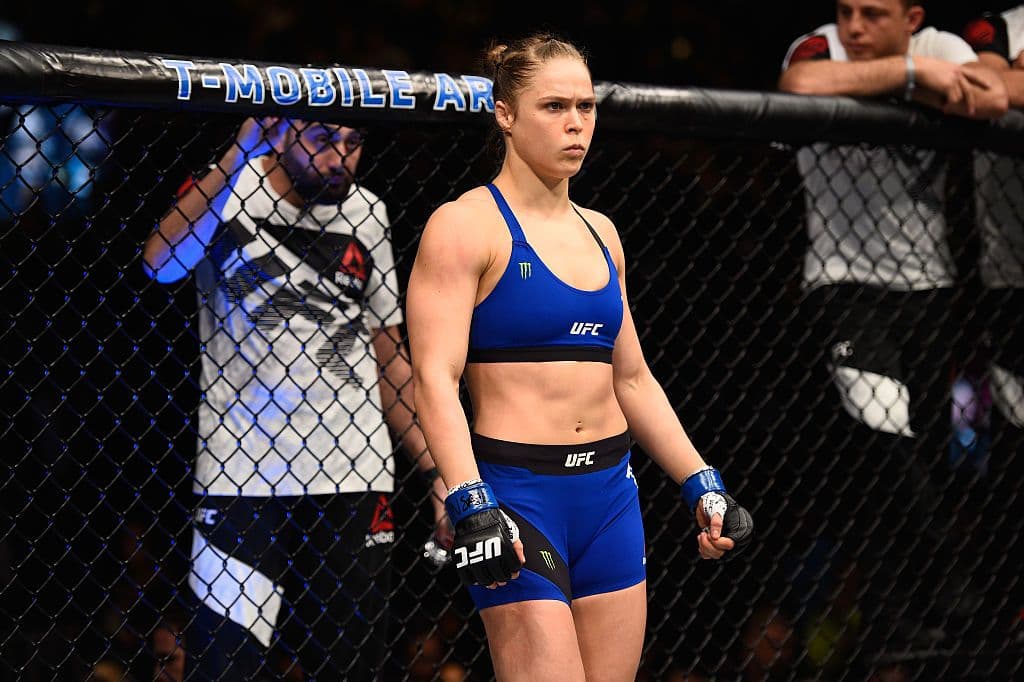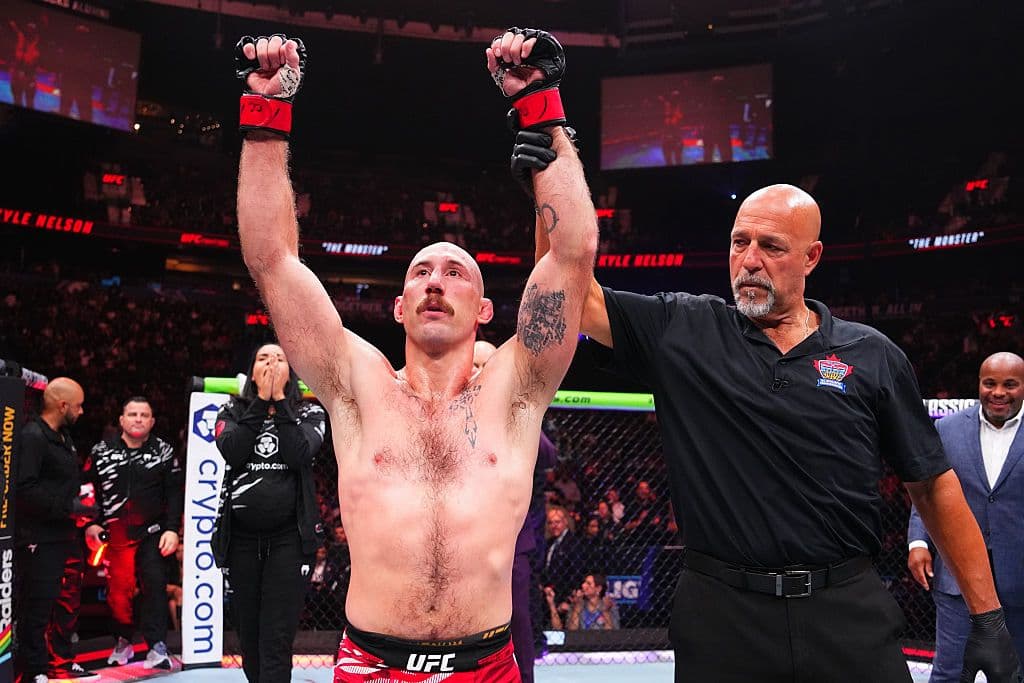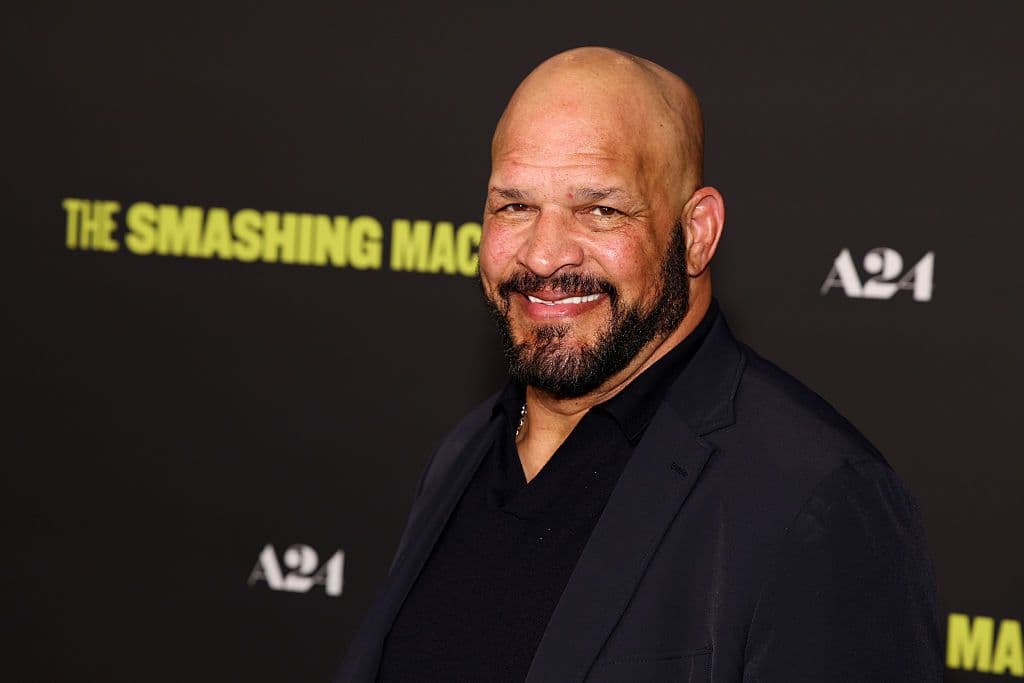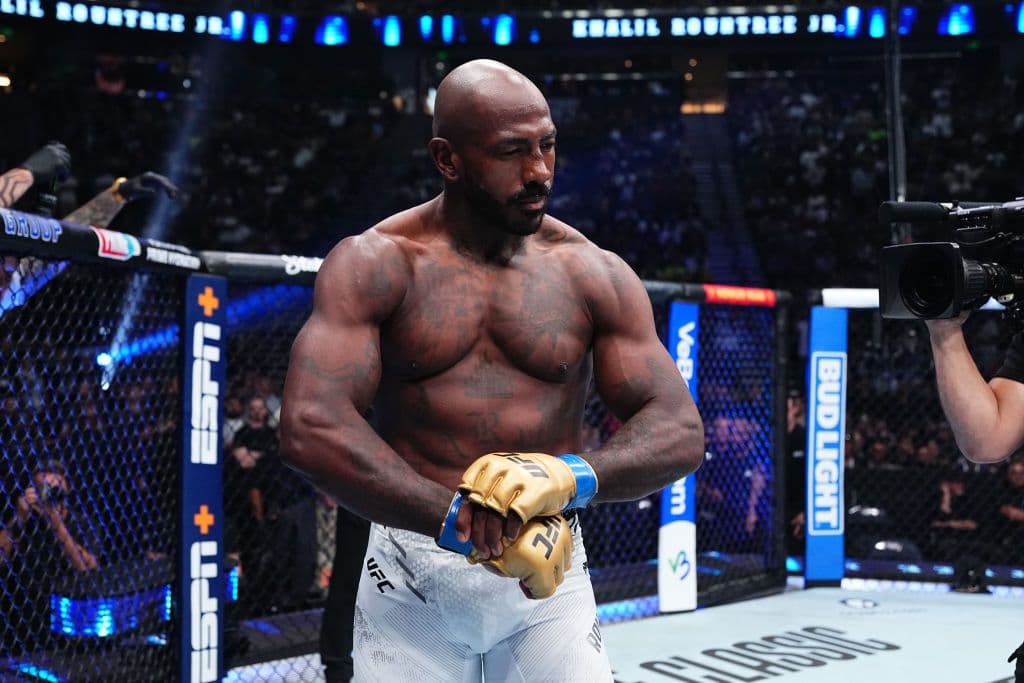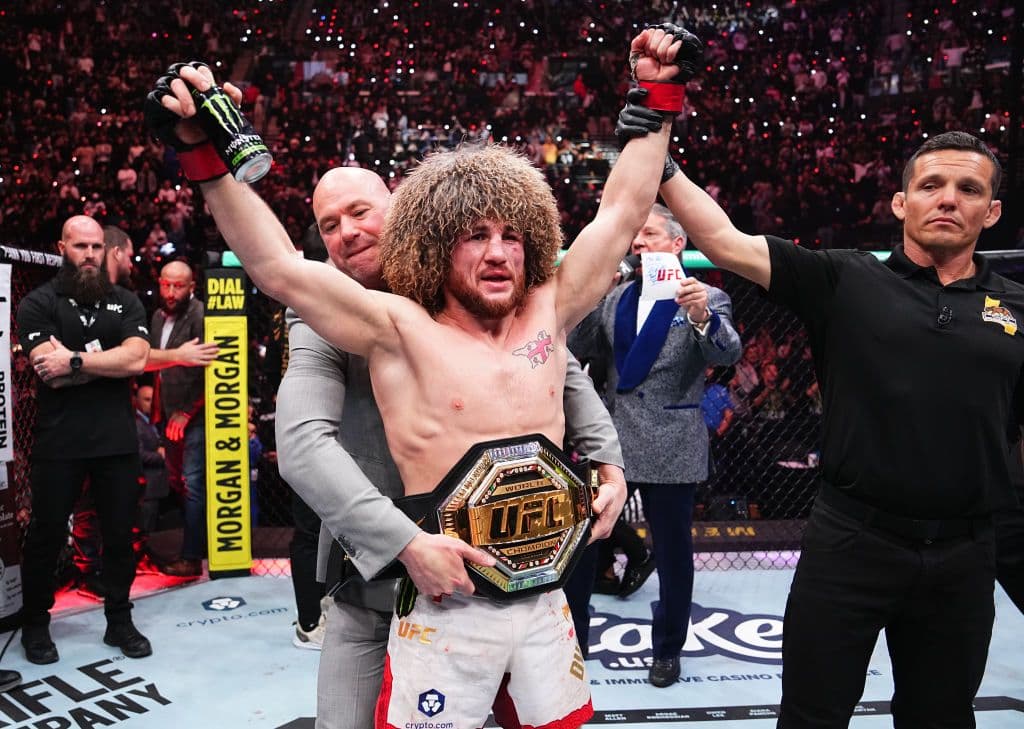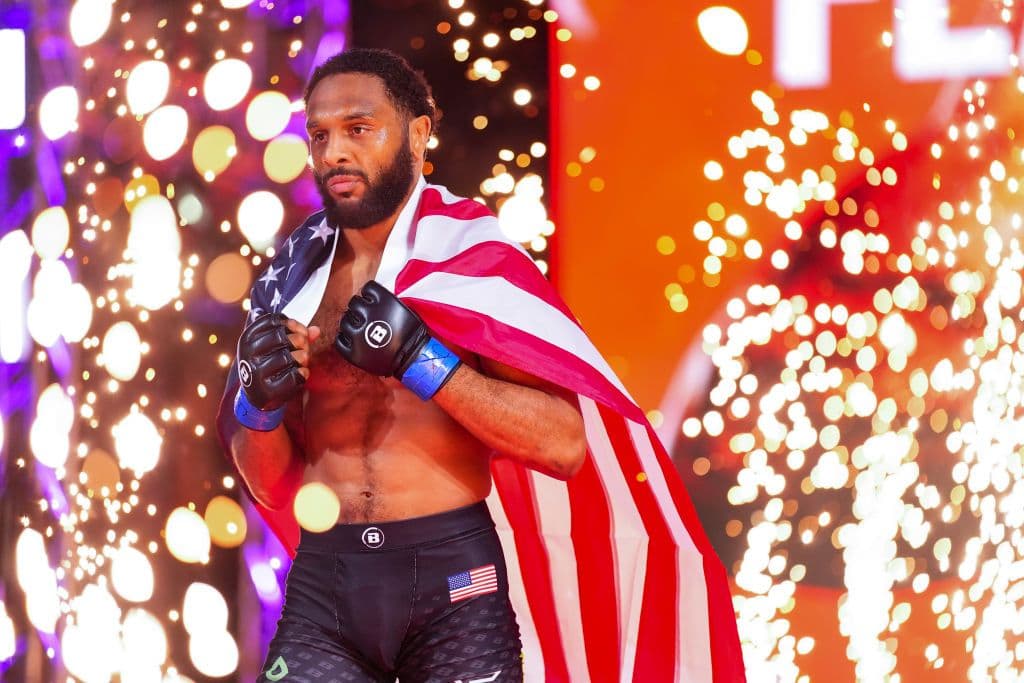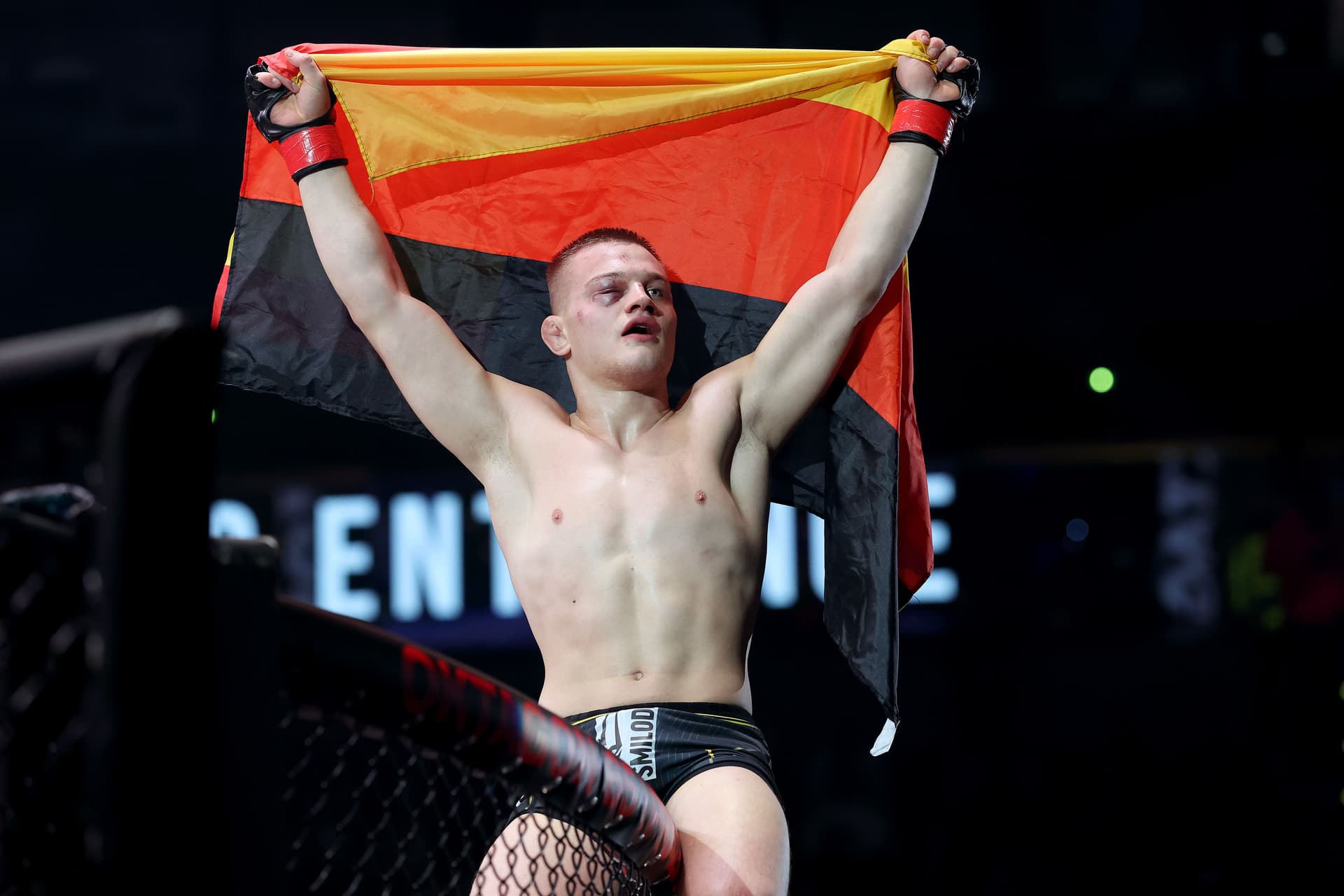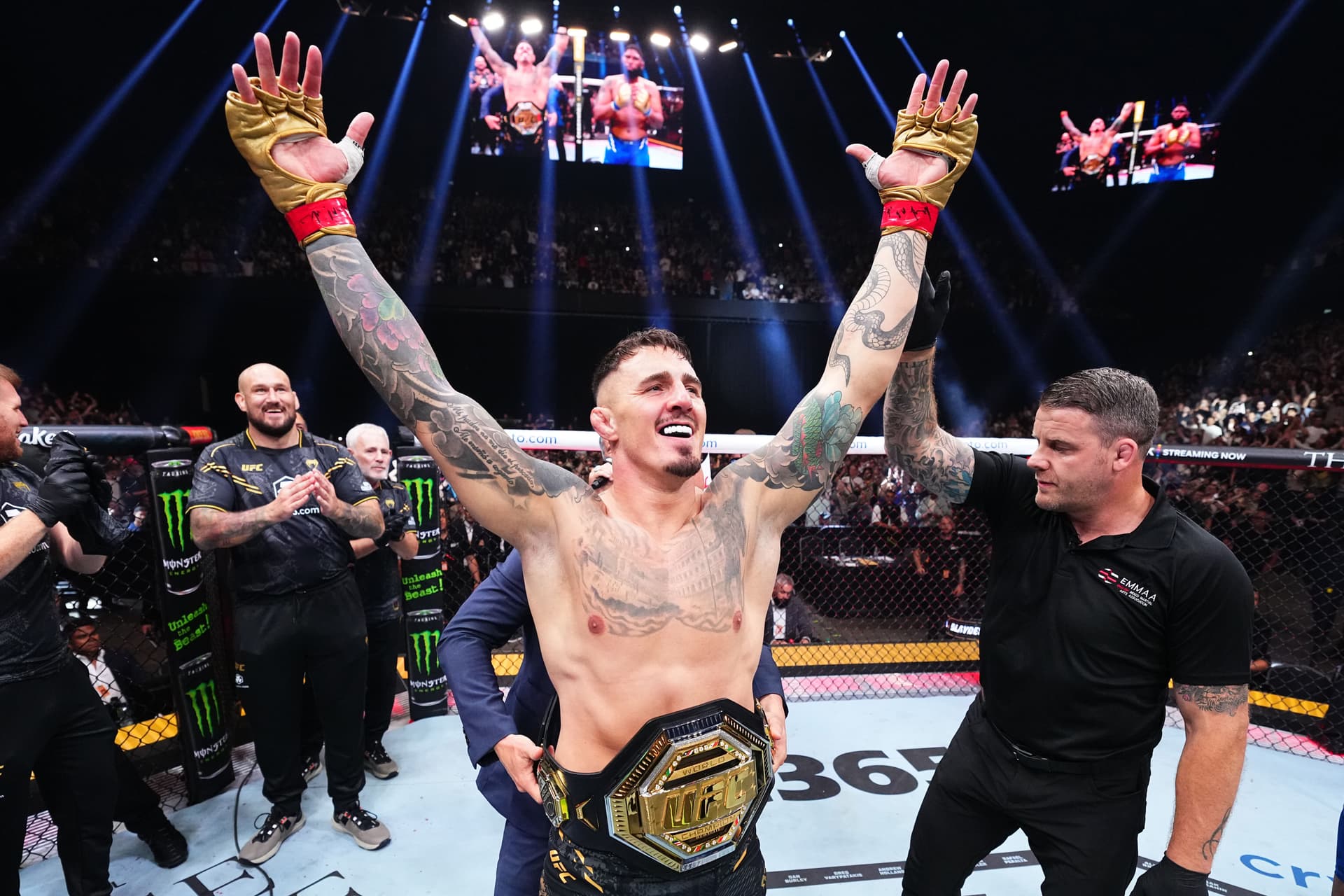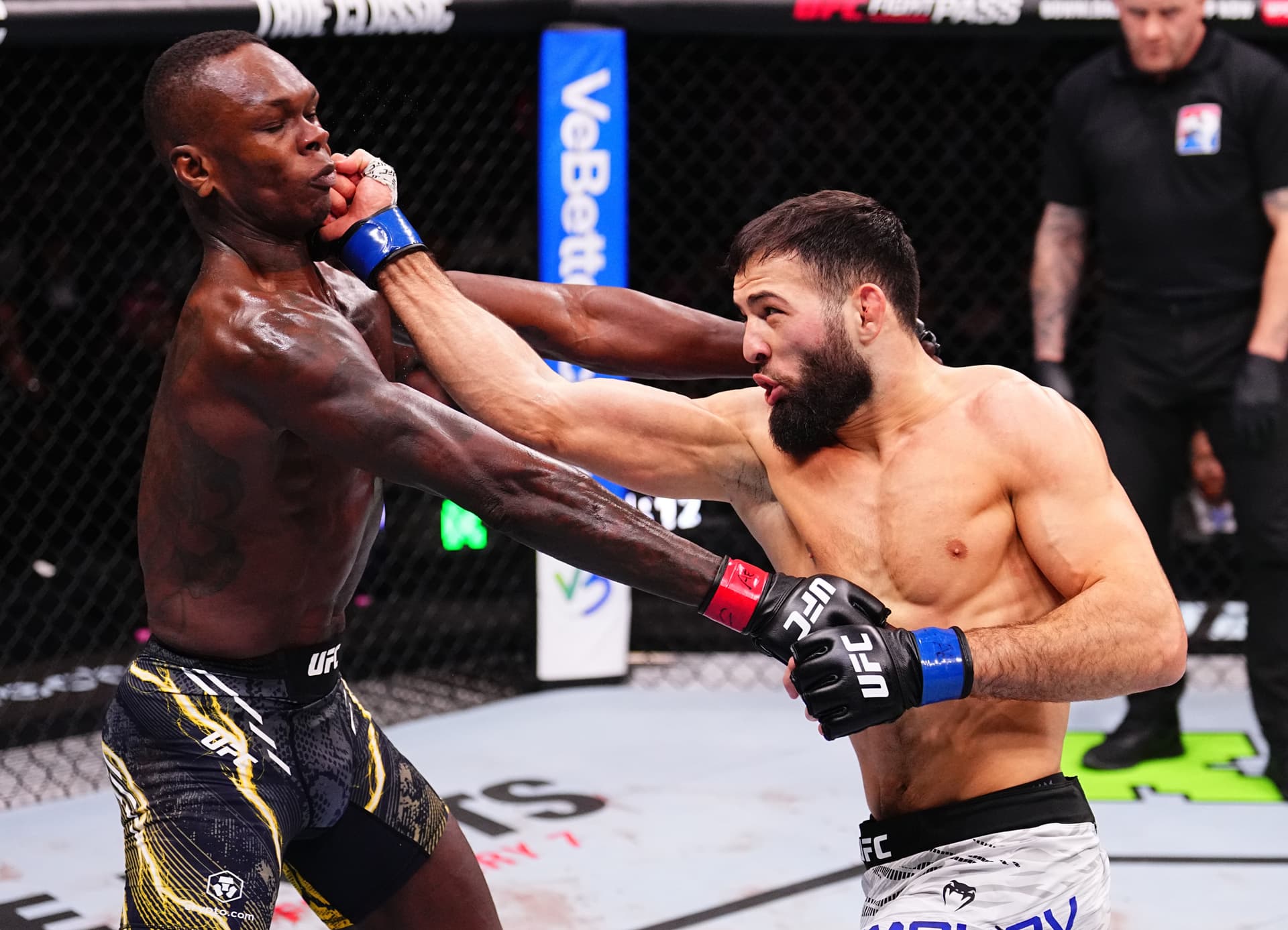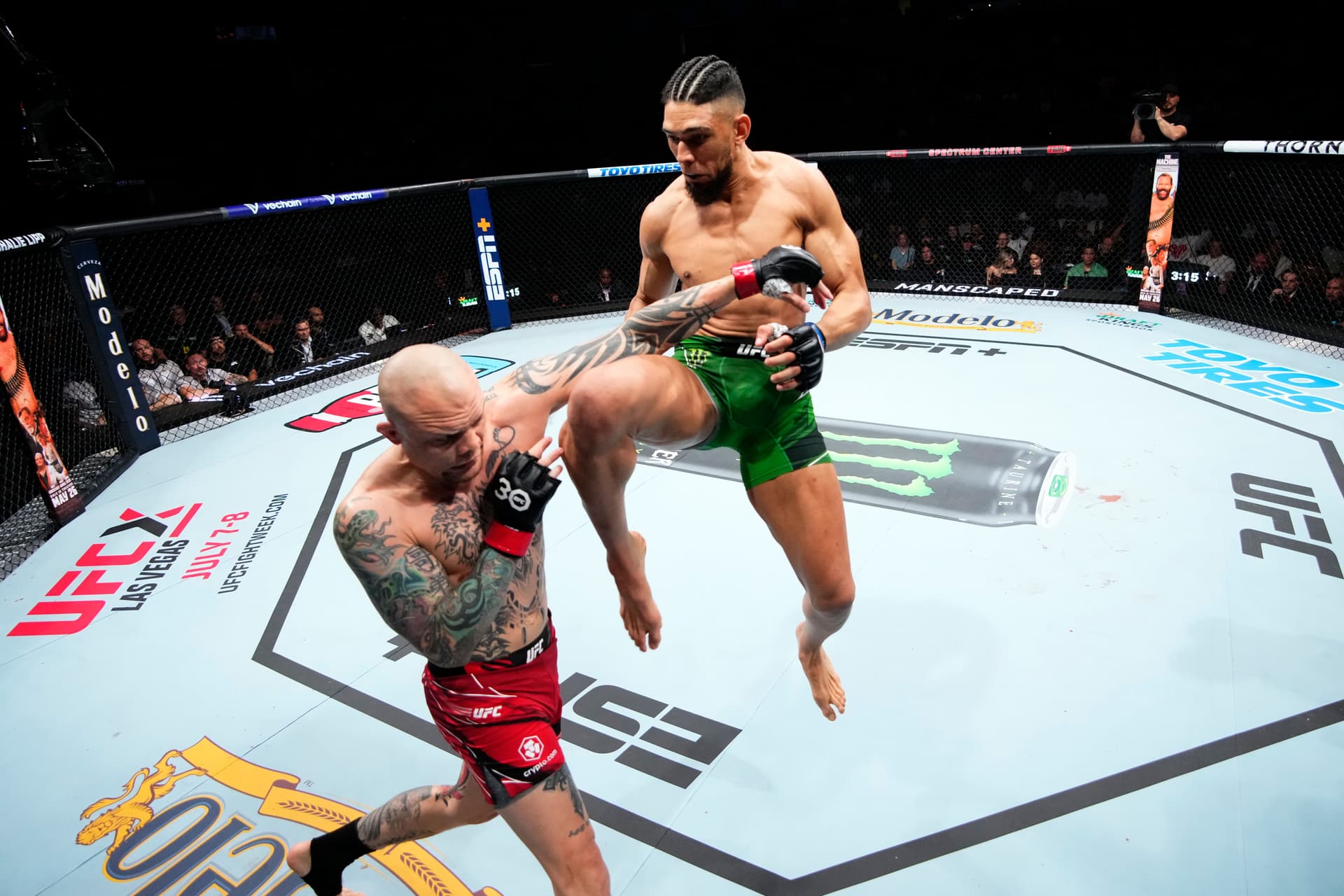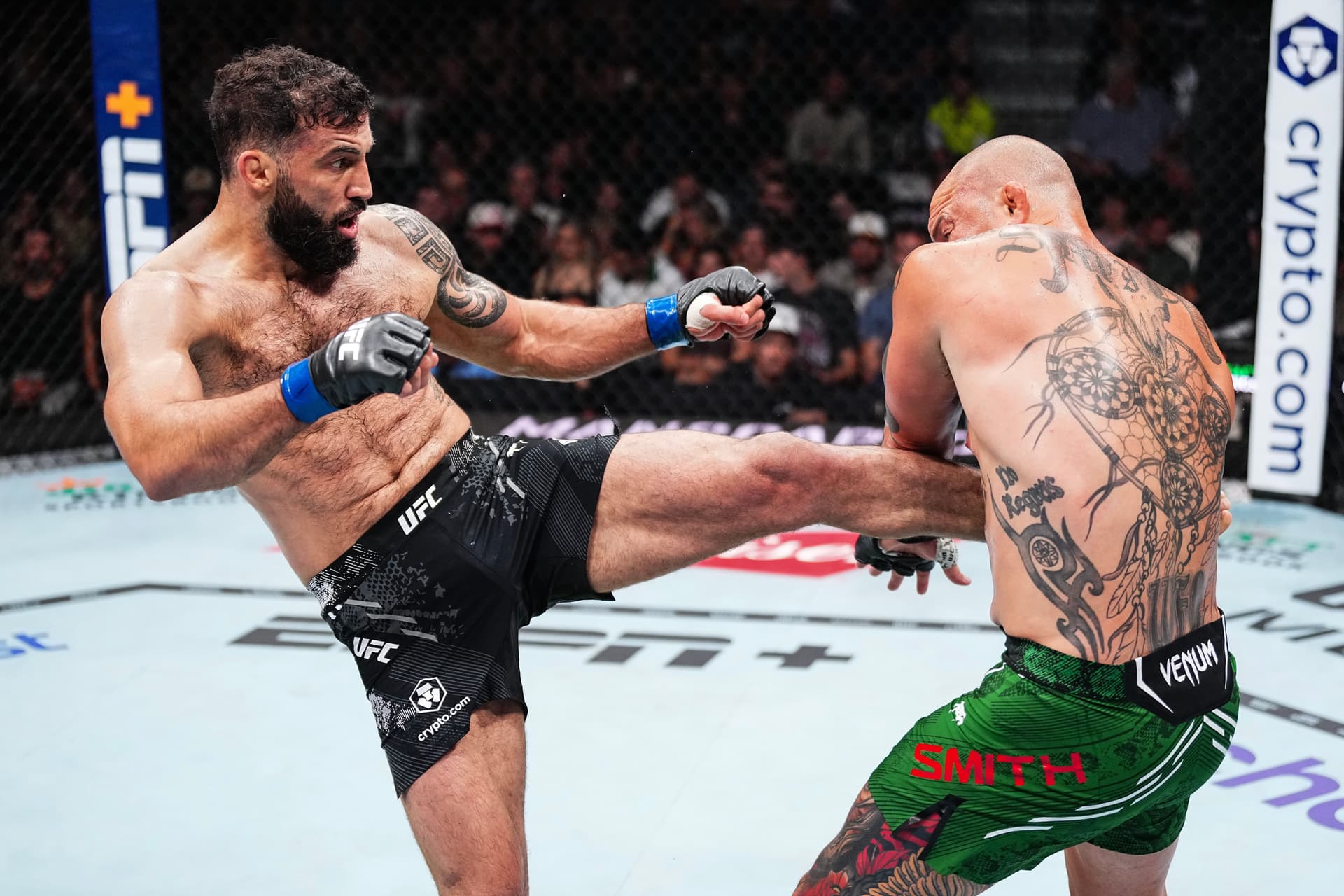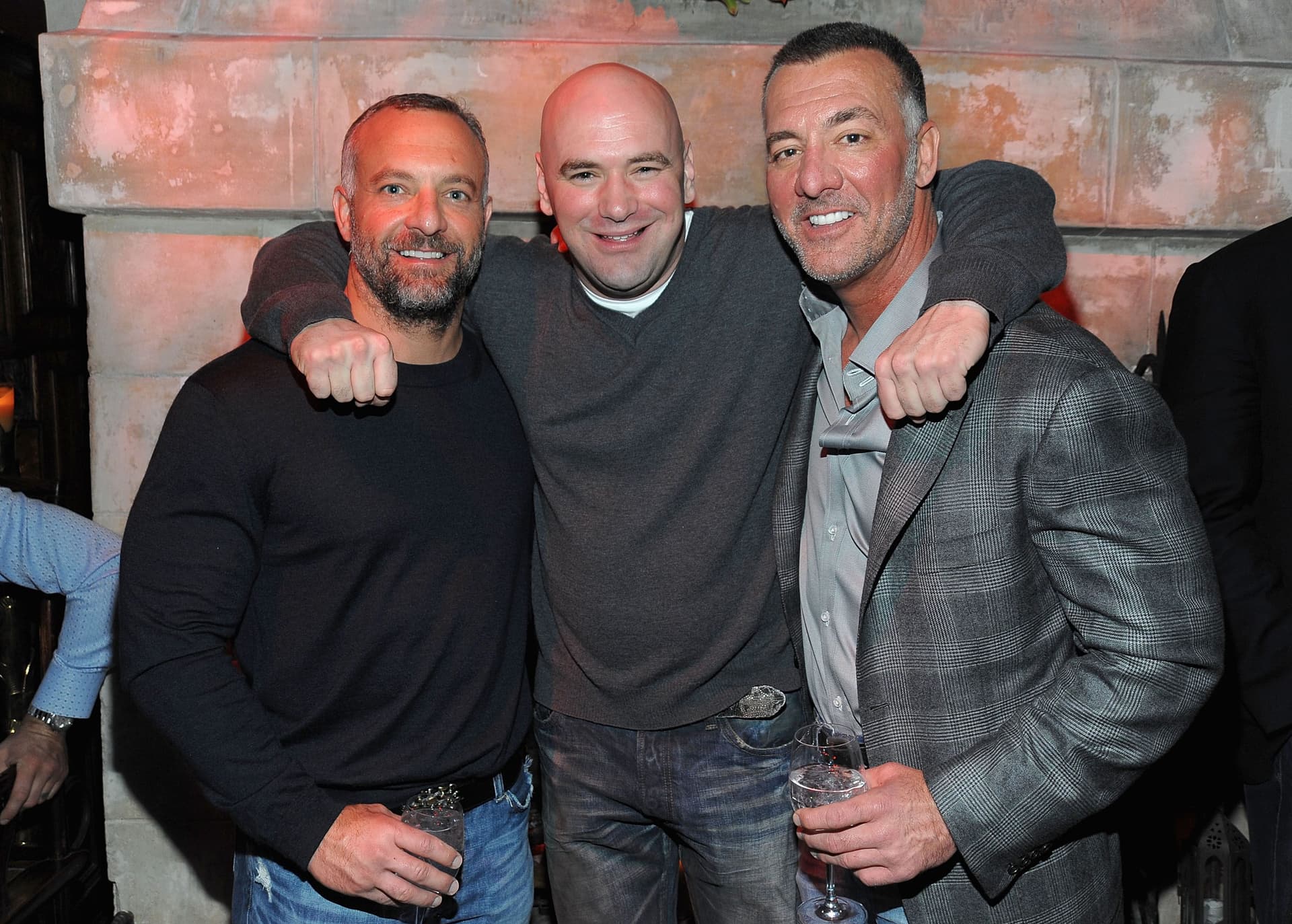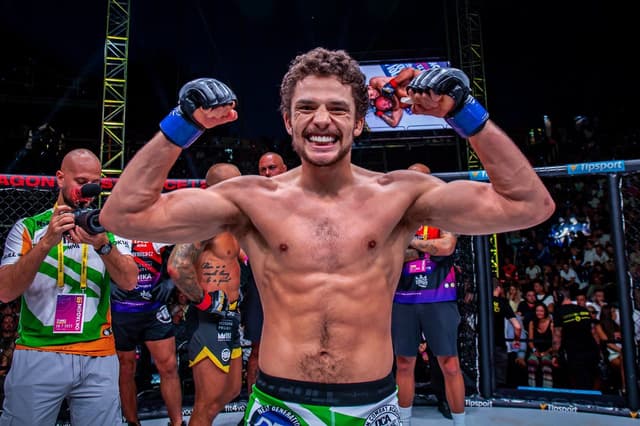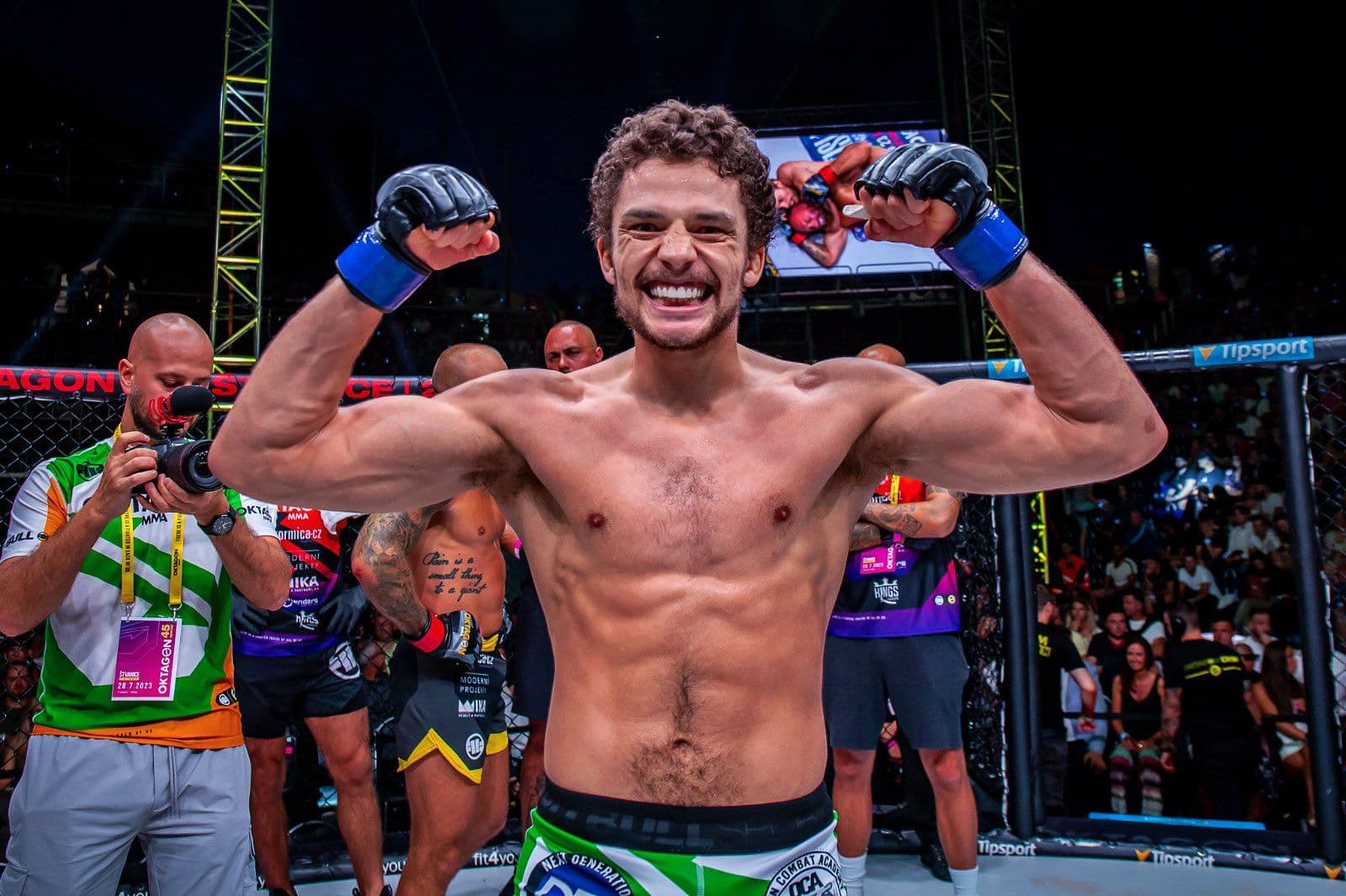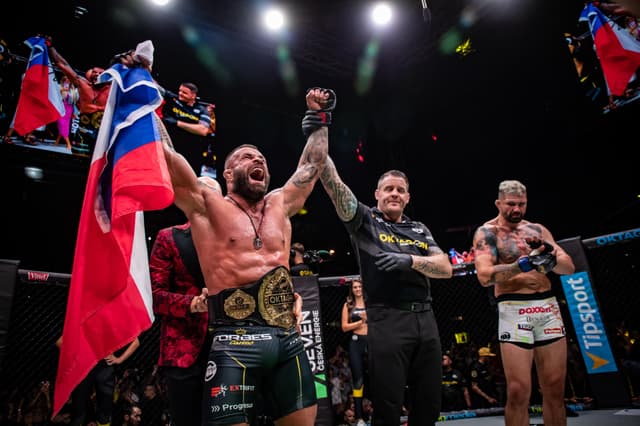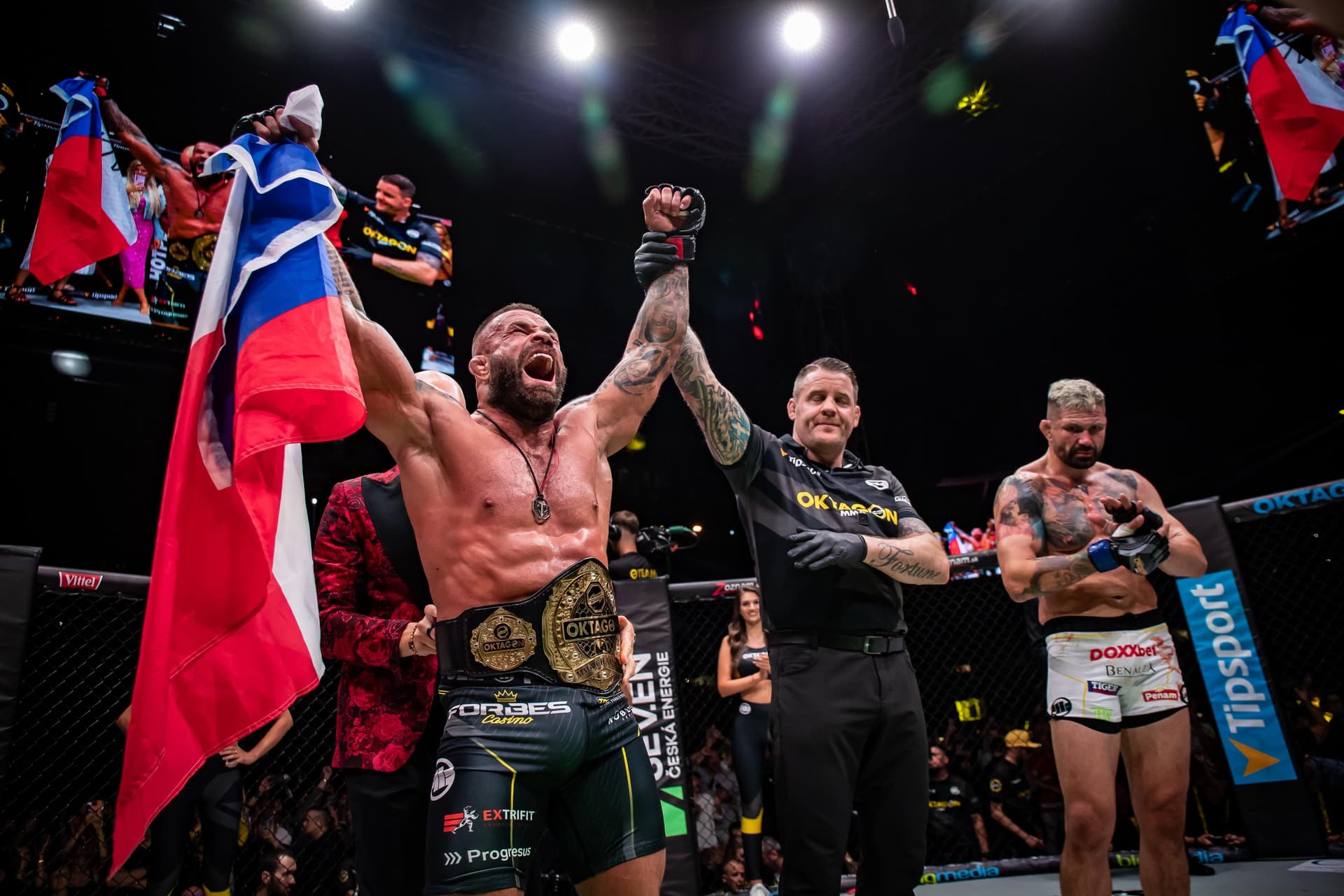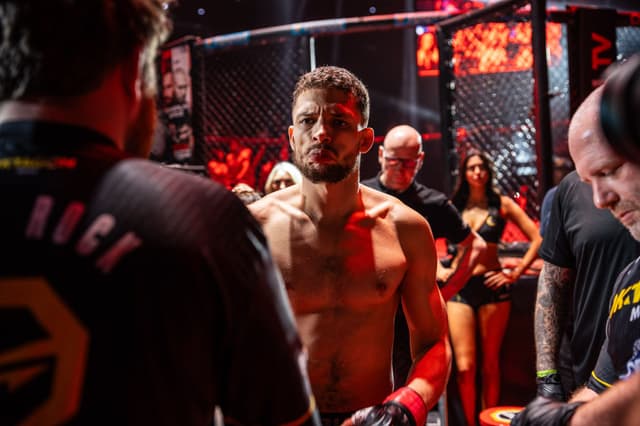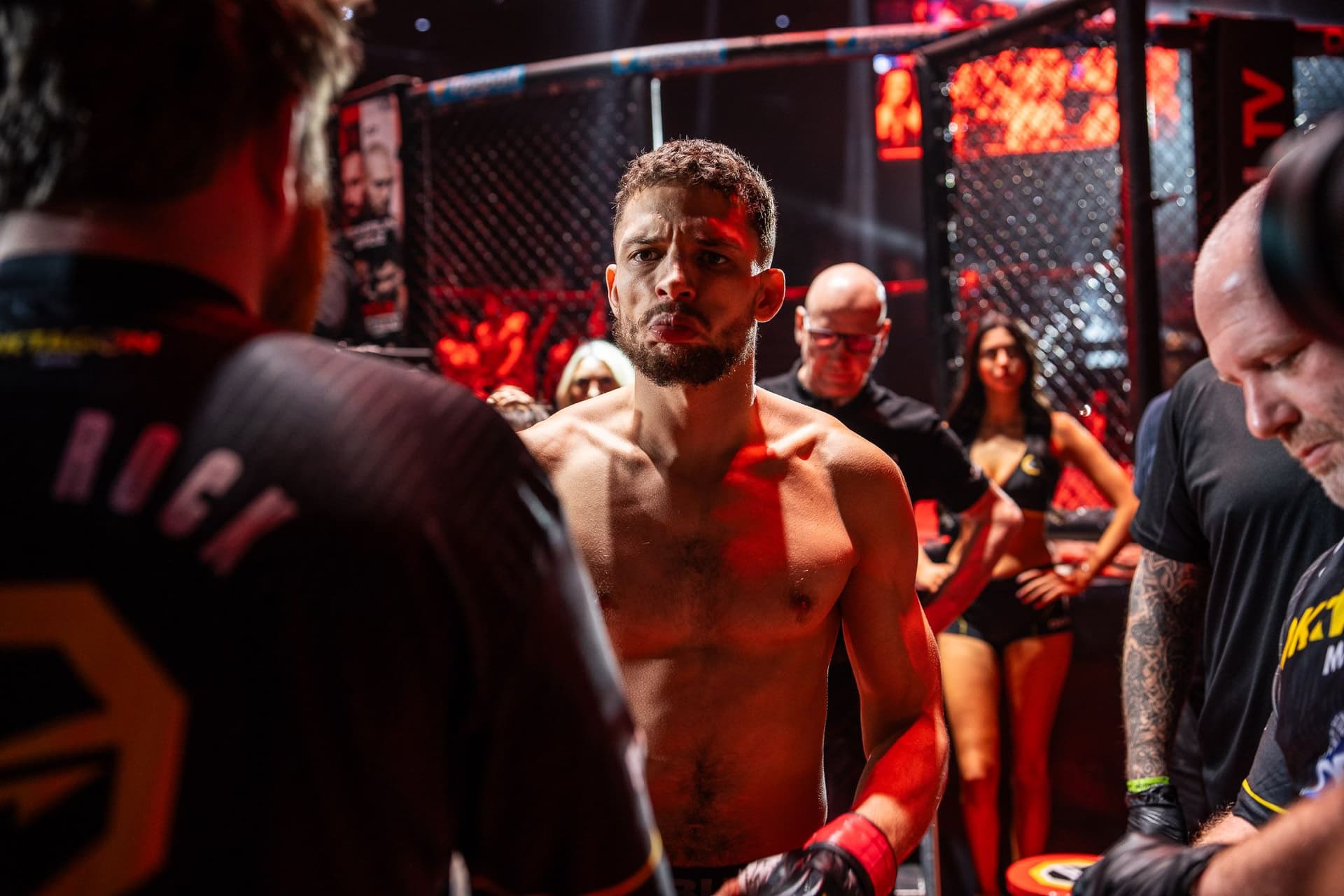MMA News, Updates and Exclusive Interviews
Whether you want to learn about the origins of martial arts, the history of MMA and the UFC, the rules and regulations of the sport, or even the latest fight news and recent results: we have you covered. Perhaps you just want to learn about the fundamentals of mixed martial arts, such as: striking and grappling techniques, or, you want to learn about the different types of ways that you can win an MMA bout? You can find all of that information below.
Speculation has been swirling about a possible Ronda Rousey comeback to the UFC after revealing she's been training. Analyst Diana Belbita believes a return would be ill-advised due to the sport's evolution and Rousey's past performances. Rousey risks tarnishing her legacy if she returns, with critics ready to pounce on any potential loss.
Latest MMA News
MMA
MMA
MMA
MMA
MMA
MMA
MMA Match Previews
MMA
MMA
MMA
MMA
The Rules of MMA
Firstly, MMA has a lot more weight classes than it used to back in the 90s. Although weight classes are now more stricter, most elite MMA companies allow you to be a pound over the weight limit for non-title bouts.
Male Weight Classes For Title Bouts
- Flyweight - 125-pounds
- Bantamweight - 135-pounds
- Featherweight - 145-pounds
- Lightweight - 155-pounds
- Welterweight - 170-pounds
- Middleweight - 185-pounds
- Light-heavyweight - 205-pounds
- Heavyweight - 265-pounds
Female Weight Classes For Title Bouts
- Strawweight - 115-pounds
- Flyweight - 125-pounds
- Bantamweight - 135-pounds
- Featherweight - 145-pounds
The Octagon and Its Regulations
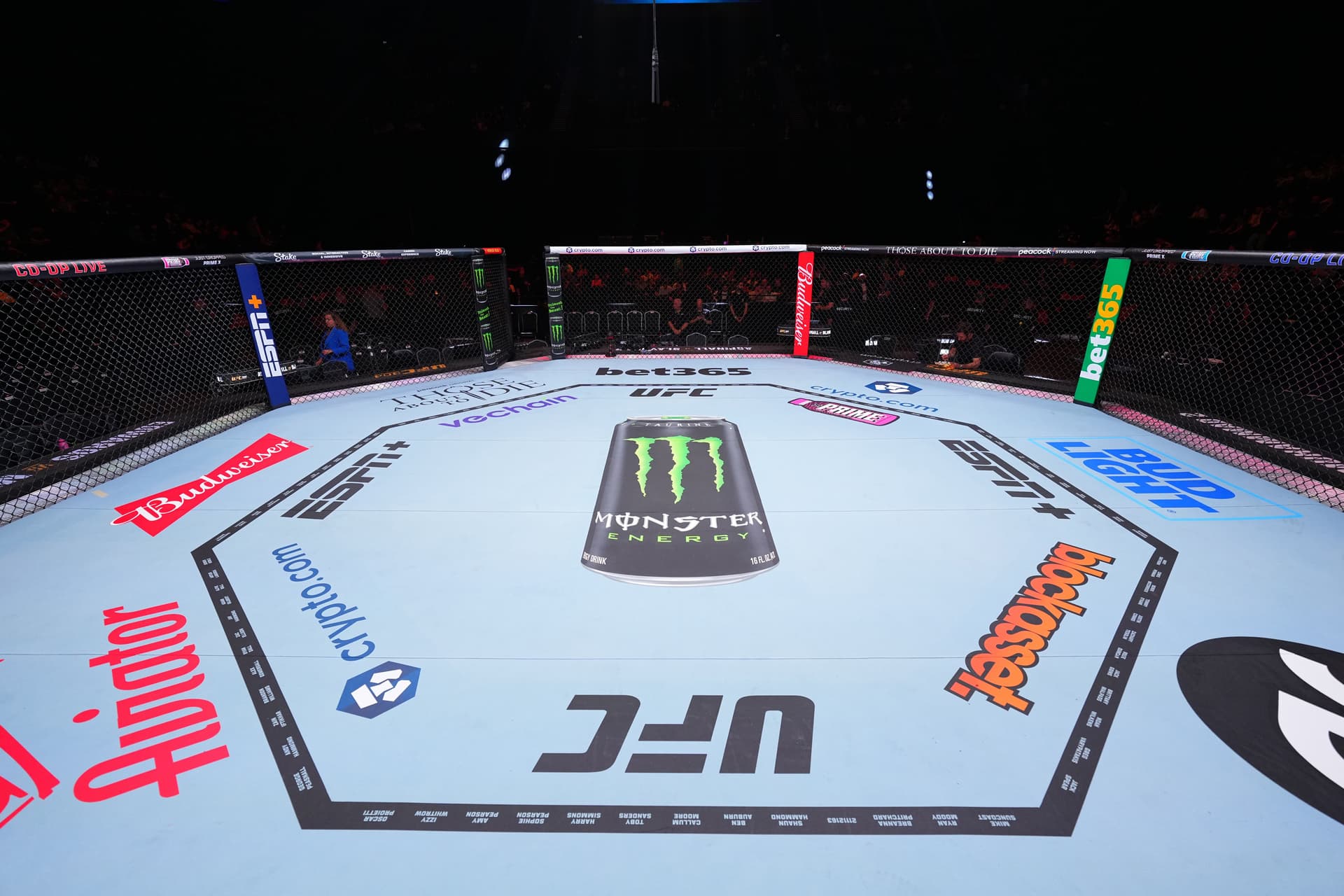
General view of the Octagon//Getty Images
Before we get into the rules and regulations of MMA itself, we must first explain the regulations of the octagon.
The average octagon size has a diameter of 30ft, with a height of around 6ft. The purpose of it being an octagon shape is so that there aren't chances of being tripped in a corner which effectively means fighter movement can be a lot more fluid than in a boxing ring.
The caged fence was put in place to stop fighters from falling out of the octagon, which was a huge fighter risk in the early days of MMA when bouts were held in boxing rings.
Having the cage as the wall also allows fighters to fight against the fence, which adds a different element to MMA.
Unified Rules of MMA
The Unified Rules of MMA were adopted in 2001, and this has gone a long way to helping the sport grow.
Firstly, a round is five minutes long with a minute's rest in between, with professional bouts having three rounds, unless it's a title fight or main event which is five rounds.
Each round is scored by three judges where they follow the ten-point must scoring system. The ten-point scoring system means the fighter that won the round earns ten points unless he has a point deducted. Meanwhile, the loser will score nine or less, depending on their performance.
Referees are in charge of maintaining fighter safety and ensuring a clean fight. They will warn fighters and/or deduct a point from them if they are caught doing an illegal move.
Moves such as: eye pokes, headbutts, groin strikes, strikes to the back of the head, biting, grabbing inside of the gloves, and grabbing the cage to avoid being taken down, are all illegal moves.
Ways to Win
- Knockout: When a fighter is unable to continue on their own accord after absorbing a blow.
- Technical Knockout: When the referee (or the corner) steps in and stop the fight if they deem a fighter has taken too much punishment.
- Submission: A submission victory is when a fighter verbally quits or taps (three times). The ref can also step in if a fighter goes unconscious due to a choke or suffers a broken limb/joint.
- Disqualification: The referee can disqualify a fighter if they repeatedly perform illegal moves and break rules.
- Unanimous Decision: A unanimous decision win is when all three judges score the fight to the same fighter.
- Split Decision: A split decision win is when two judges score in favour of one fighter, but the third judge scores in favour of the other fighter.
- Majority Decision: A majority decision win is when two judges agree on a winner, while the third judge scores the fight a draw.
Striking Techniques
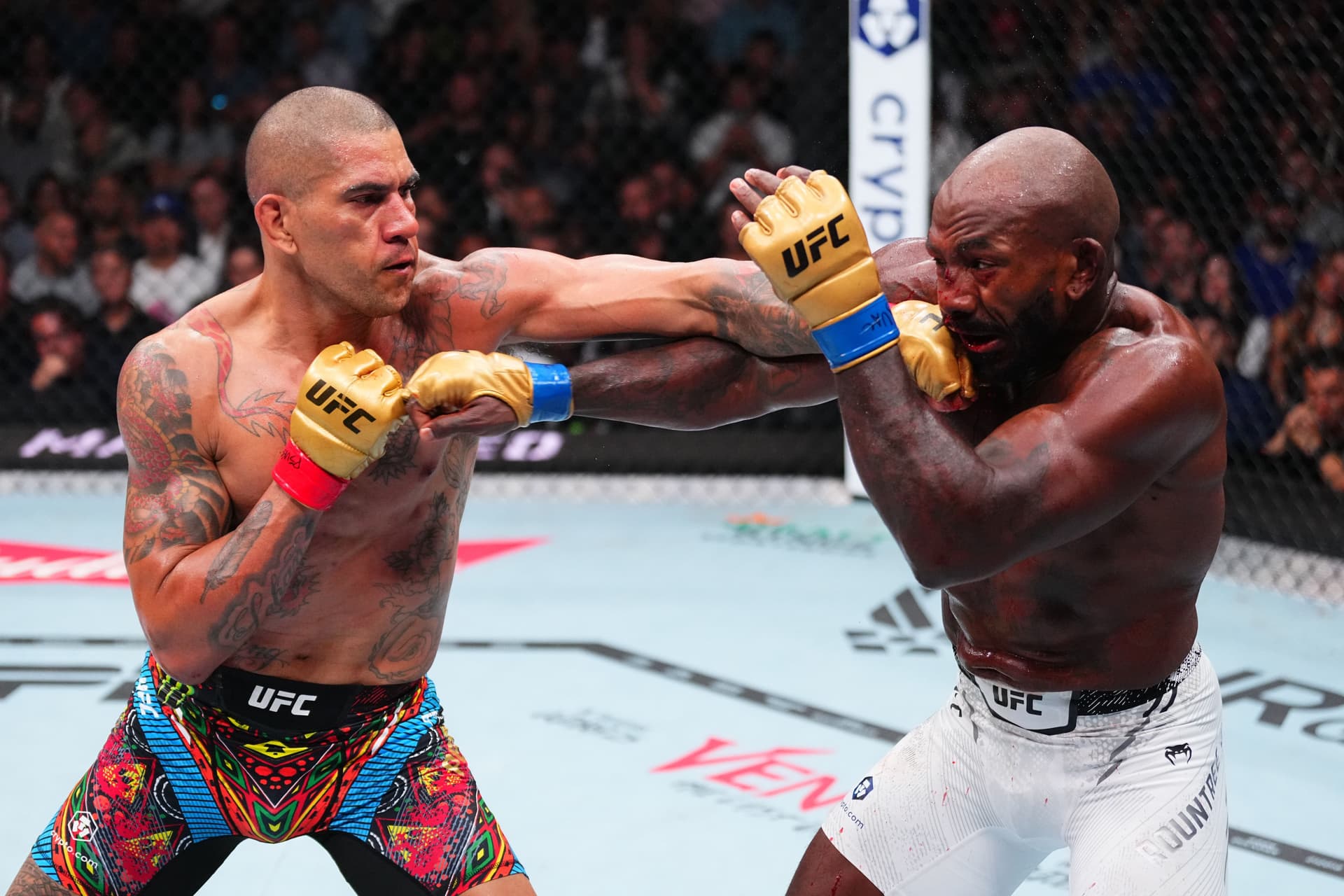
Alex Pereira and Khalil Rountree Jr. //Getty Images
With multiple striking-based martial arts such as boxing, Muay Thai and kickboxing, there are several techniques that each of them offer.
Punches:
- Jab: A straight punch from your lead hand.
- Cross: A straight punch from your rear hand.
- Hook: A wide arching punch which is often targeted to the chin or temple.
- Uppercut: A rising punch coming from underneath which aims for the point of your opponent's chin.
Kicks:
- Roundhouse: A whipping kick aimed at your opponent's body or head.
- Front Kick: A front kick (or teep kick) is a straight kick where you aim to connect with your opponent with the base of your foot.
- Leg Kick: There are several types of leg kicks, but the ideas are all the same. The objective is to land on your opponent's calf or thigh in order to hinder their mobility and stability.
Elbows and knees are quite self-explanatory: drive that bone into your opponent's face or body to do damage to them or wind them.
Grappling Techniques
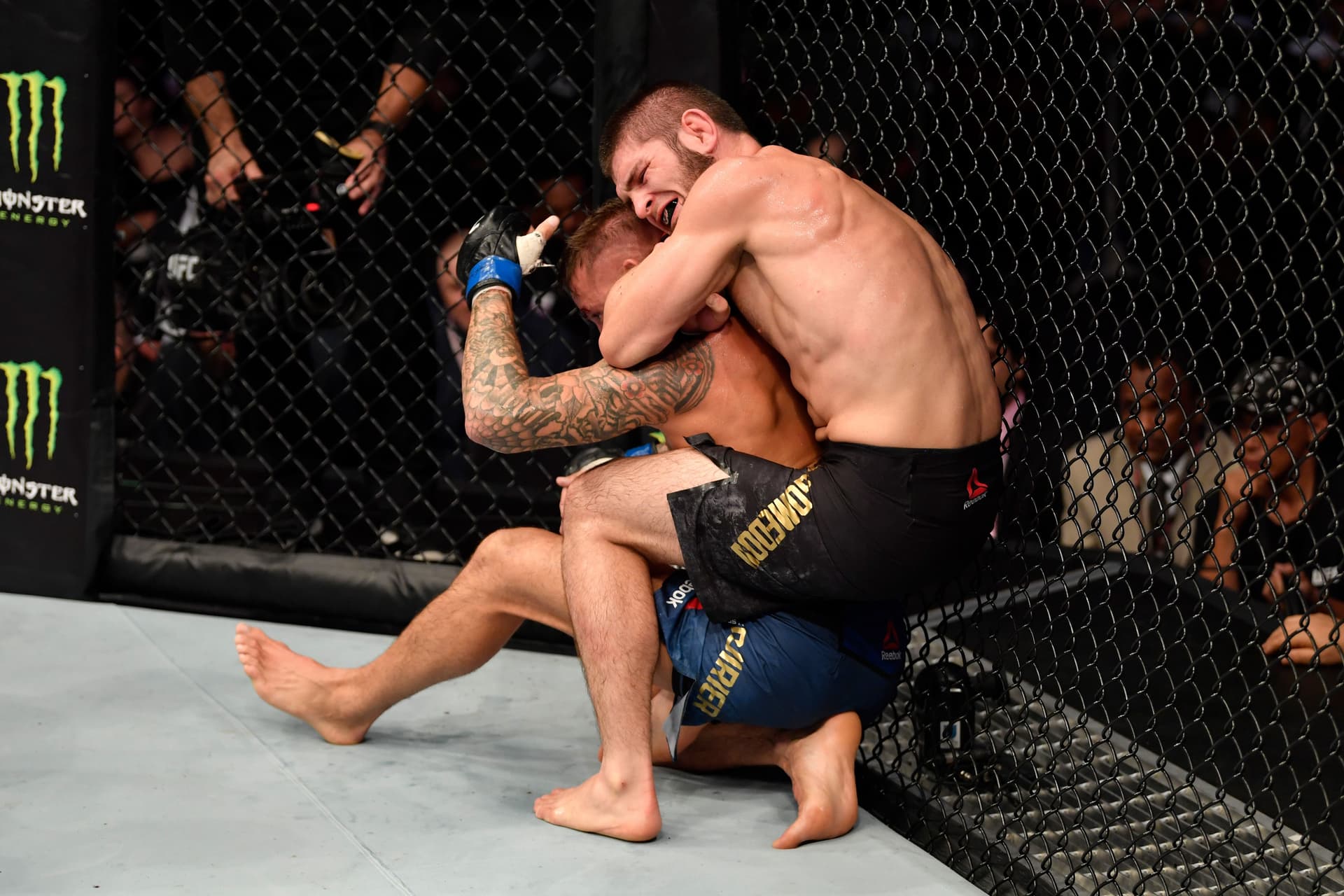
Khabib Nurmagomedov and Dustin Poirier//Getty Images
- Single-leg Takedown: Lifting your opponent's leg to make them off-balance and forcing them to the mat.
- Double-leg Takedown: Shooting towards your opponent's hips, grabbing both of their legs and driving them to the mat.
- Trips and Sweeps: Utilised in the clinch or against the cage, the idea is to hook your opponent's leg with your own leg and then force them over to the ground.
- Judo Throws: Using your leverage, Judo throws are performed from the hip or shoulders to get your opponent to the mat.
Major MMA Organisations
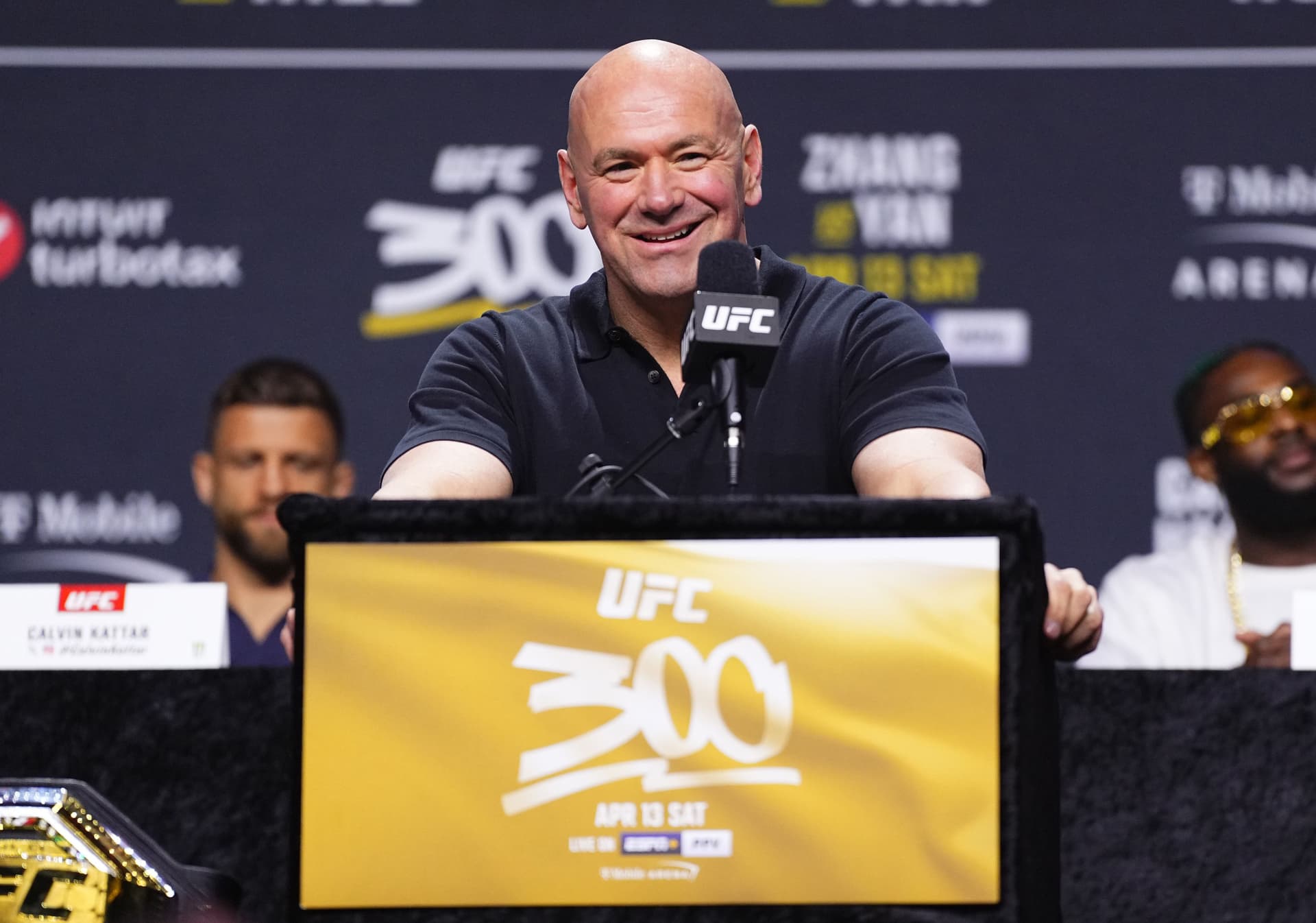
Dana White//Getty Images
Unless you've been living under a rock, you know that the UFC is the biggest MMA company in the world. However, Bellator and ONE Championships are certainly making their names heard as well.
Bellator was founded in 2008 by Bjorn Rebney and Brad Epstein, but nowadays the company is owned by the PFL. The Professional Fighters League was previously known as the World Series of Fighting before April 2017. But, after being bought out, Donn Davis restructured the organisation and relaunched it in 2018.
ONE Championship is a combat sports promotion that features MMA, kickboxing, Muay Thai, and submission grappling. The promotion was founded in 2011 by Chatri Sityodtong and Victor Cui.
Legendary MMA Fighters
The UFC has been the home of several legendary MMA fighters. Here are some of the most iconic fighters in modern day MMA.
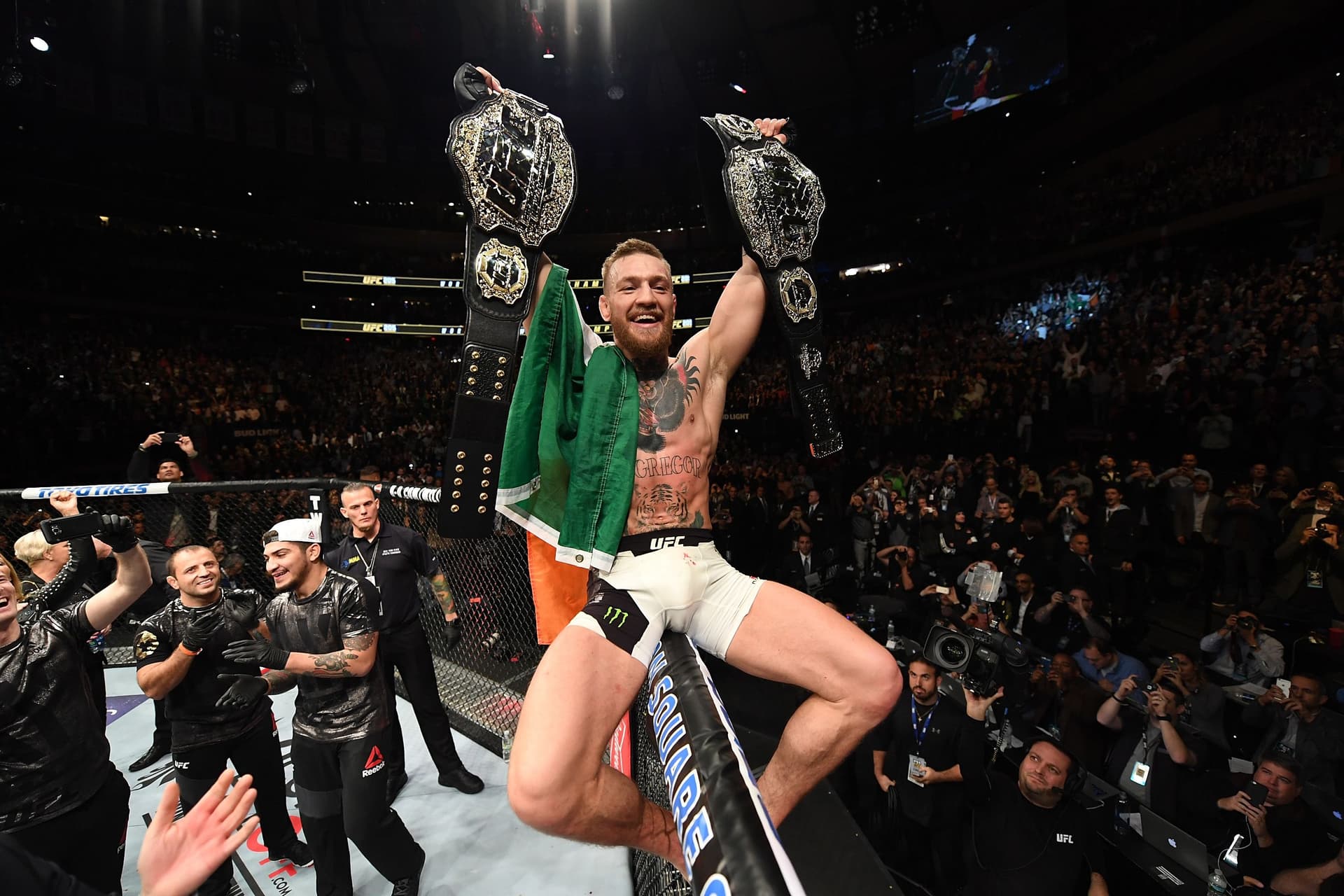
Conor McGregor celebrating//Getty Images
Conor McGregor: McGregor is a two-weight UFC champion (featherweight and lightweight). He's also the biggest draw in MMA history, headlining the five highest-selling PPV events in UFC history.
Khabib Nurmagomedov: Not only did Khabib retire as the UFC lightweight champion, the longest title reign in lightweight history (1077 days), he retired undefeated with a record of 29-0.
Jon Jones: Jones’ light-heavyweight championship run, dominating icon after icon, will likely never be matched. He was already considered an all-time great before this but becoming a two-weight UFC champ when he claimed the vacant heavyweight title consolidated his legacy.
Georges St-Pierre: After winning the UFC welterweight title, GSP defended the title nine times, the longest in welterweight history. To further solidify his legacy as one of the greatest ever, he won the middleweight title before retiring completely.
Anderson Silva: Silva reigned over the UFC middleweight championship for seven years. Not only does he hold the longest winning streak in UFC history with 16, he also has the most finishes in UFC title fights, making him a GOAT.
The Future of MMA
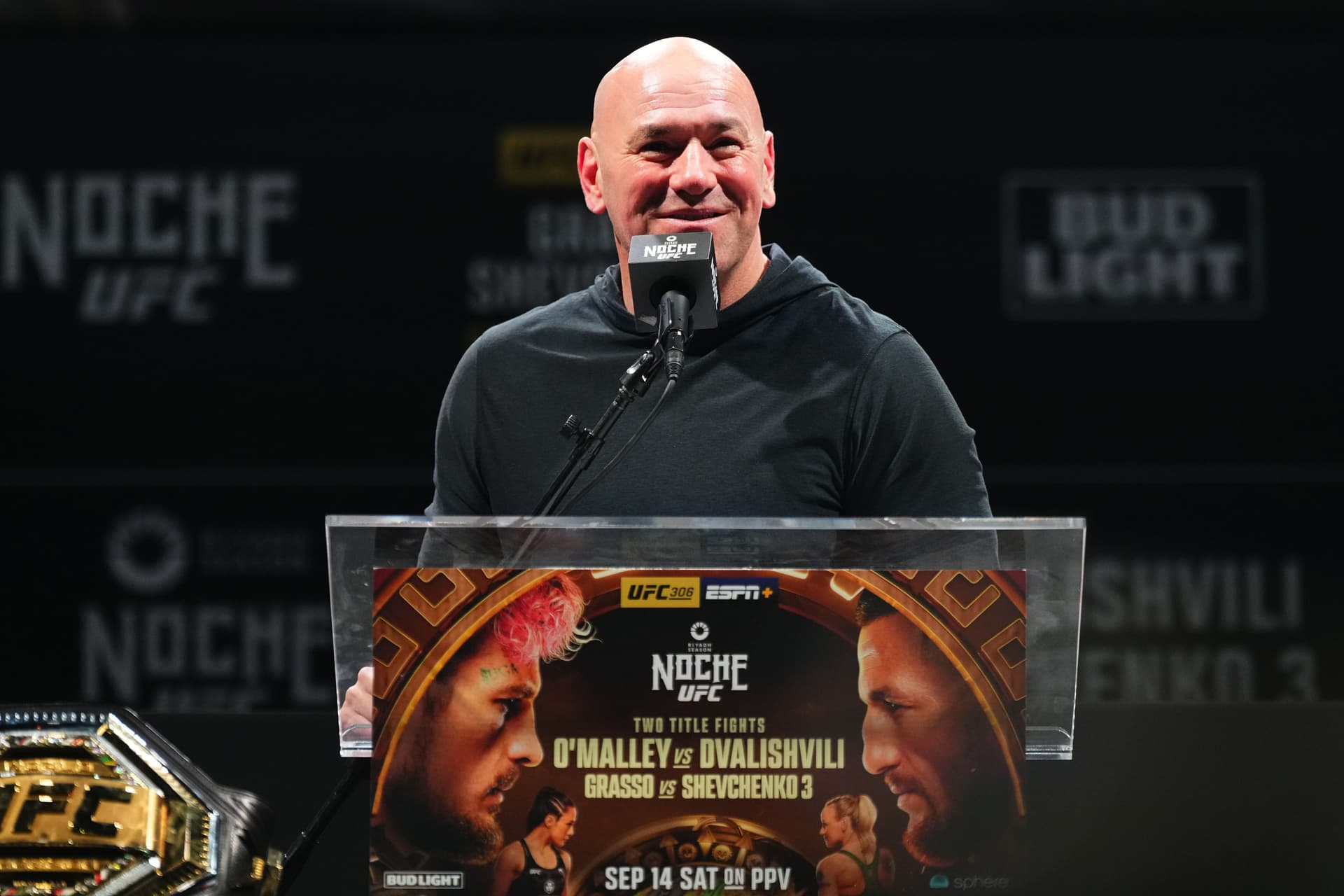
Dana White on stage//Getty Images
The future of MMA looks very bright, and it is crazy to think the sport itself is less than half a century old.
One of the reasons for its global expansion is pay-per-views. UFC pay-per-views require plenty of marketing and promotional work, so more people will be exposed to the sport. Additionally, this also allows the UFC to create new superstars such as Conor McGregor. In return, the revenue for the UFC increases due to the PPV buys.
The Rise of Women's MMA
The rise of women's MMA has been nothing short of fascinating. Despite the first ever female MMA bout being documented in 1995, women's fights only broke into the mainstream media when the UFC introduced the world to Ronda Rousey in 2013.
Rousey paved the way for future great UFC champions such as Joanna Jedrzejczyk, Amanda Nunes and Valentina Shevchenko. Nowadays, women's fights are even landing in the main event and co-main event spots on big fight cards.
MMA's Global Expansion
Mixed martial arts has grown exponentially over the past two decades and it's massively down to the UFC clinching broadcast rights with powerhouse TV companies such as Fox Sports and ESPN in the US and South America, along with BT Sport and TNT Sports in the UK and Ireland.
With more eyes being on MMA, this has opened up opportunities for companies such as the UFC to host international events to further appeal to other regions on the planet. As of writing, the UFC has hosted events in Brazil, Mexico, UAE, Saudi Arabia, Australia, New Zealand, France, Singapore, Philippines and many other places along with the US, UK and Ireland of course.
By going to these countries, it doesn't just introduce new fans to the sport, it also impacts people to become fighters themselves, ultimately diversifying the sport of MMA even further.
A Brief History of MMA
This section will provide you with a brief history of mixed martial arts and how the sport that we know today was formed.
Ancient Origins: Martial Arts and Combat Sports
The origins of martial arts can be traced back all the way to the times of ancient Egyptian and Greek times. One of the oldest combat sports ever is wrestling, and this is said to date back all the way to 3400 BCE, where it is depicted in ancient Egyptian tombs.
The Greeks helped the development of combat sports by hosting events called pankration in the Olympic games, around 648 BCE. Pankration is a mixture of both wrestling and striking techniques.
Southeast Asia also has a strong heritage of combat sports; one of the oldest forms of martial arts is called Kalaripayattu, originating from India thousands of years ago. However, this would later form into something called Muay Boran, focusing on weaponry and striking techniques, before evolving into what we now know as Muay Thai.
Between the 17th century and 19th century in Japan, samurai's developed a form of grappling called Jujutsu. Nowadays, this has evolved into Judo and Brazilian Jiu-jitsu.
England also has a rich history of combat sports, thanks to their development of boxing, which was originally called Pugilism back in the 1600's.
Modern MMA: Vale Tudo and Early UFC Events
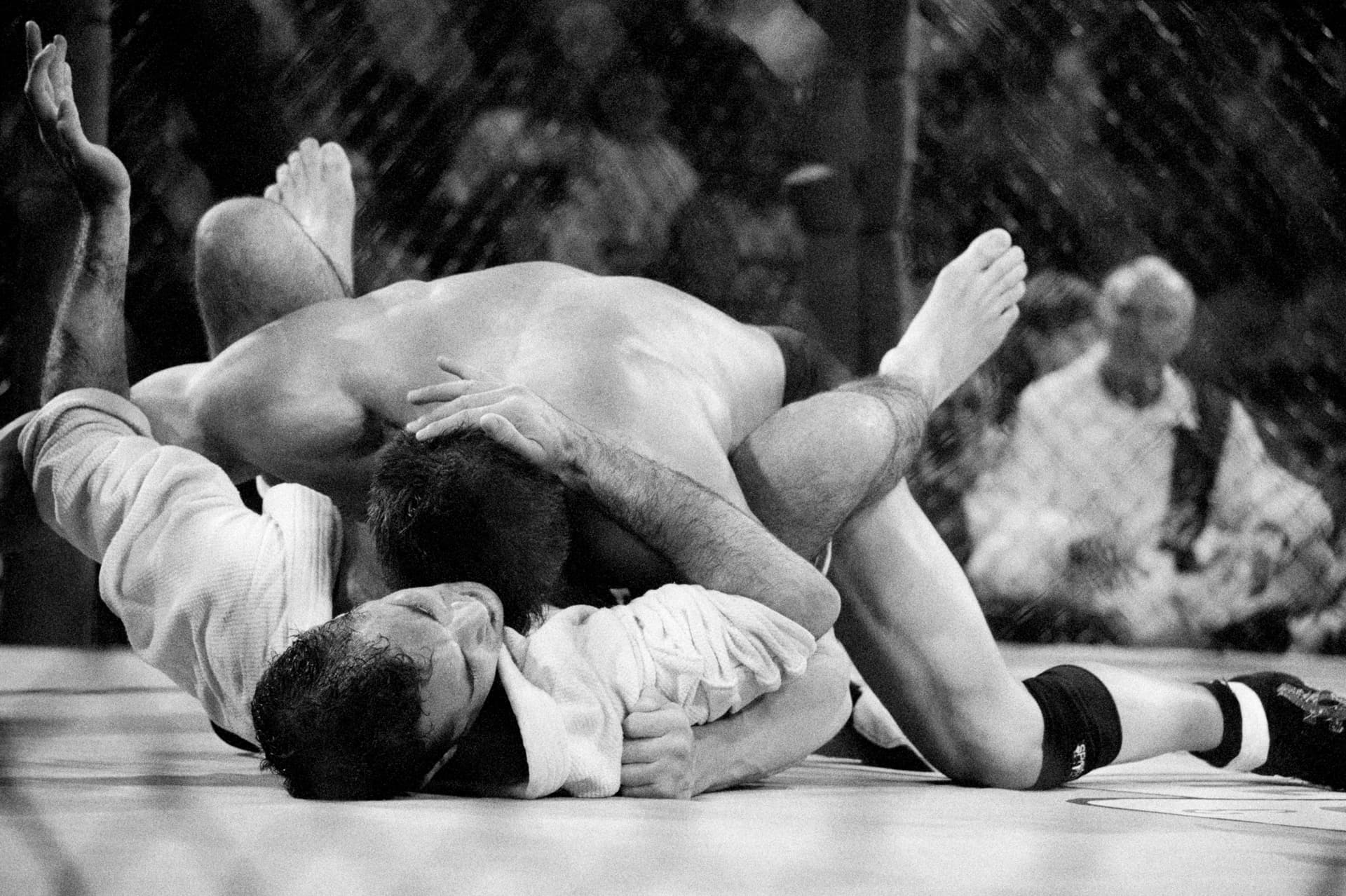
Ken Shamrock and Royce Gracie//Getty Images
Modern MMA is where it is today mainly thanks to Vale Tudo, which translated from Portuguese means “anything goes”.
Originating in Brazil in the early 1900s, Vale Tudo bouts were similar to the MMA bouts of today; you had a wide range of martial arts facing off against each other, so the fights were a mixture of striking, wrestling and submissions.
The Gracie family, notably Helio Gracie, made Vale Tudo in Brazil, promoting their version of Brazilian Jiu-Jitsu as the most effective combat style. They held “Gracie Challenges”, which were open-invitation fights to prove the superiority of BJJ against other martial arts from other regions of the world.
These challenges inspired the very first The Ultimate Fighting Championship event, held in 1993. Rorion Gracie and Art Davie created UFC 1, a tournament to find out what martial art style was the best in the world.
Another member of the infamous Gracie family, Royce Gracie, won the tournament by submitting everybody. What made this such a great feat is that in the early days of the UFC, there were no weight classes, no rounds and no time limits, and nothing was illegal to do during the fight, even groin strikes and eye pokes.
The Rise of the UFC and MMA's Global Popularity
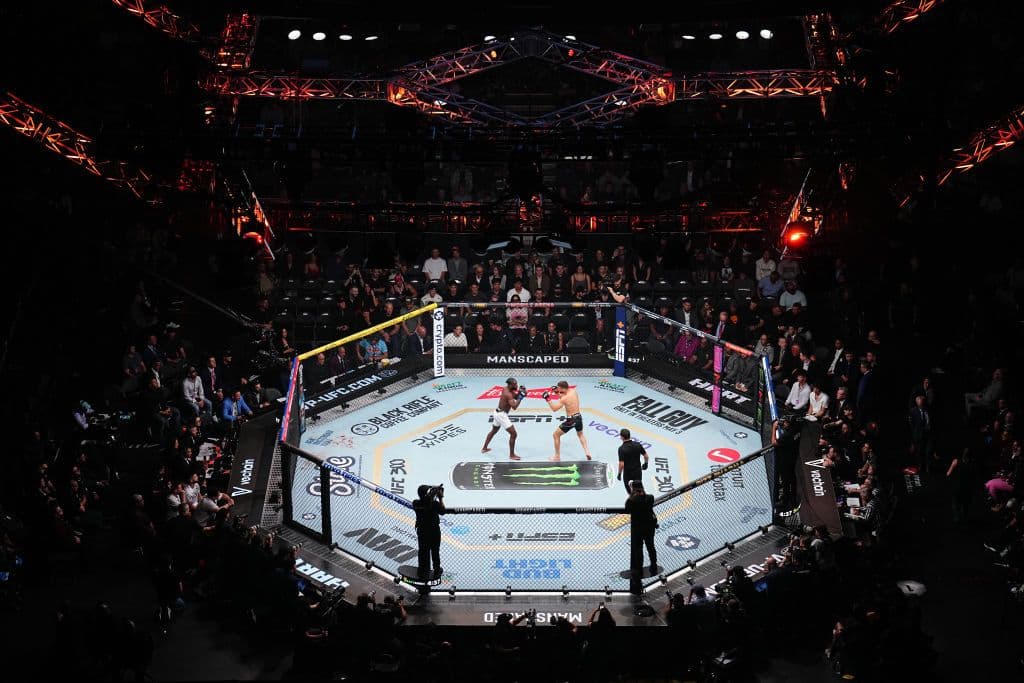
A fight in the UFC Octagon//Getty Images
The rise of MMA’s global popularity has been helped out by the success of the UFC in the early 2000s, and it's mainly down to Dana White and the Fertitta brothers, who acquired the company in 2001.
The trio made drastic changes to the company, creating weight classes, better fighter safety protocols as well as pushing for Unified Rules of MMA. These changes made athletic commissions and combat sports fans take the sport more seriously.
MMA's fan base expanded even further after the success of the reality TV series “The Ultimate Fighter season 1”, in 2005, which was televised by Spike TV.
Since then, the UFC are in a different stratosphere, thanks to several icons such as Chuck Liddell, Randy Couture, Forrest Griffin, Stephan Bonnar and Diego Sanchez, waving the flag for MMA in the mid to late 2000's. This led to the UFC earning a contract with Fox Sports in 2011.
After their broadcast deal with Fox Sports expired in 2018, ESPN signed the UFC to a six-year deal worth approximately $1.5 billion. Now, MMA is hosted and watched all over North America, South America, Europe, Asia, Africa and even the Middle East.
As the UFC continues to dominate the MMA world, fans are increasingly turning to UFC betting sites to place bets on their favorite fighters and events.
MMA Interviews
MMA
MMA
MMA
MMA
MMA Opinions & Guides
MMA
MMA
MMA
MMA
MMA
MMA
MMA
MMA
